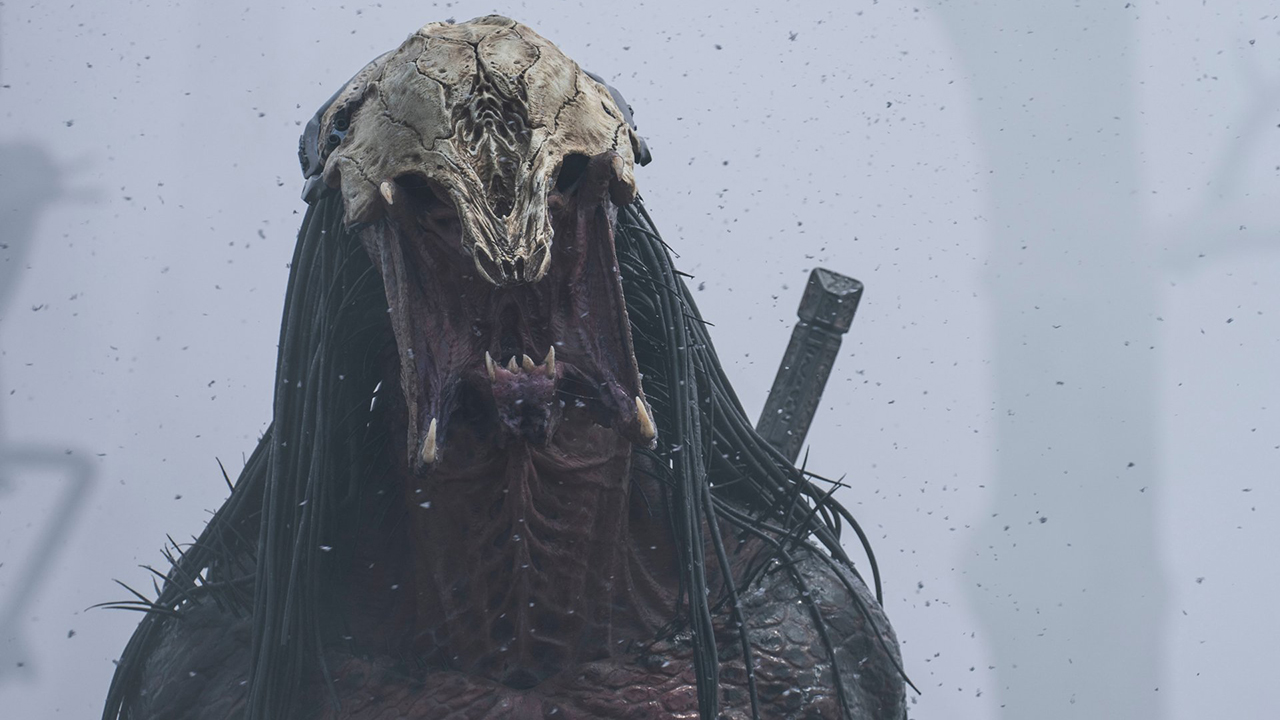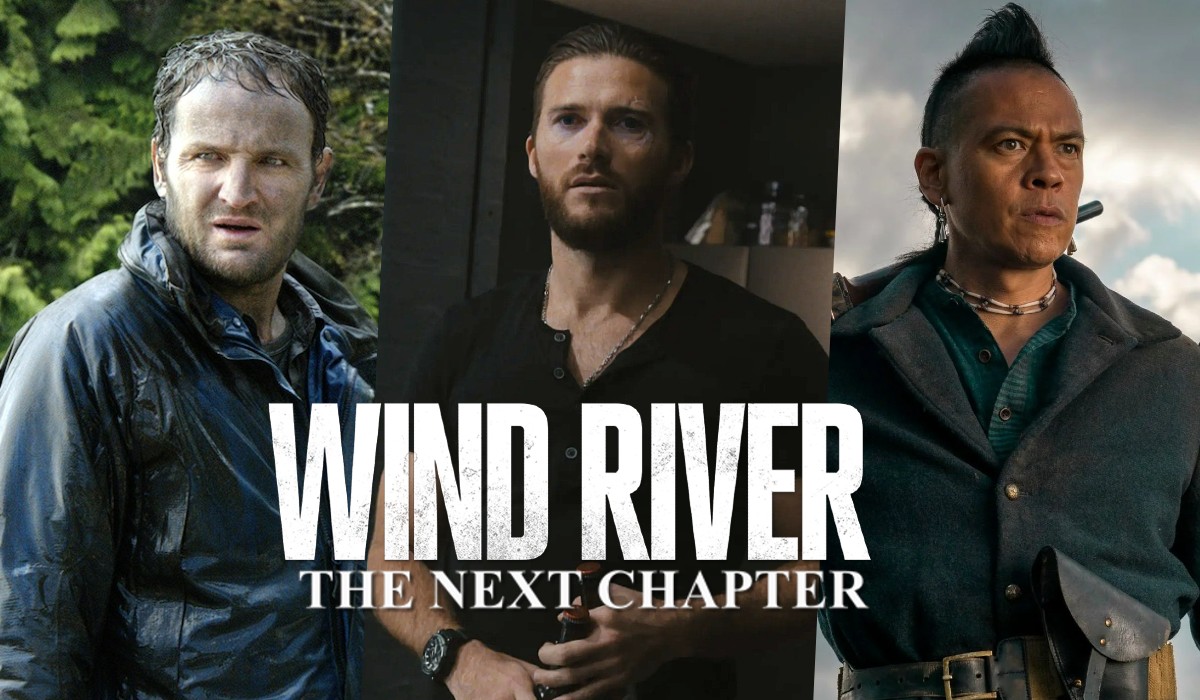Terrence Malick’s Badlands: A Hauntingly Beautiful Journey into American Alienation
Released in 1973, Badlands marked the stunning directorial debut of Terrence Malick, a filmmaker who would go on to become one of the most distinctive voices in American cinema. Loosely inspired by the real-life 1958 killing spree of Charles Starkweather and his teenage girlfriend Caril Ann Fugate, Badlands is both a crime drama and a lyrical meditation on youth, violence, and the elusive promise of the American dream.
The film follows Kit Carruthers, a charismatic but emotionally detached young man played by Martin Sheen, and Holly Sargis, a naive 15-year-old girl portrayed by Sissy Spacek. After Kit kills Holly’s disapproving father in a moment of impulsive violence, the couple embarks on a journey across the barren landscapes of South Dakota and Montana. As they evade law enforcement, the pair drifts further into a dreamlike existence, disconnected from society and reality.
![]()
What sets Badlands apart from other films of its genre is its poetic tone and stylistic restraint. Malick’s use of voiceover—delivered in Holly’s dispassionate, childlike narration—adds a layer of emotional distance that paradoxically deepens the film’s psychological complexity. Holly’s narration does not moralize or dramatize the events; instead, it provides a surreal and almost innocent lens through which the audience experiences the unfolding tragedy.
The cinematography, by Tak Fujimoto, is one of the film’s greatest strengths. The American Midwest is captured with an ethereal beauty that contrasts sharply with the violence of the characters’ actions. Rolling plains, twilight skies, and quiet forests frame the couple’s journey, turning their aimless flight into a kind of tragic odyssey. This juxtaposition of serene natural beauty and human brutality became a hallmark of Malick’s later works.

Badlands is not just a story of crime and escape—it is a critique of American mythology. Kit’s behavior is modeled after James Dean’s iconic persona, and he seems more concerned with how he is perceived than with the consequences of his actions. He sees himself as a misunderstood rebel rather than a murderer. Holly, for her part, views the world through a romanticized lens shaped by pop culture and fairy tales. Together, they are products of a society obsessed with image and fantasy, detached from authentic emotion and moral grounding.
Though it was not a major commercial success upon release, Badlands has since become a classic of American cinema. It has influenced generations of filmmakers, including Quentin Tarantino, David Lynch, and the Coen Brothers. Its quiet power lies not in explosive action or dramatic monologues, but in its subtle exploration of character and place.
In Badlands, Malick presented a uniquely philosophical take on violence and innocence, one that avoids easy answers and lingers in the mind long after the credits roll. The film remains a powerful reminder of cinema’s ability to transform even the darkest stories into haunting works of art.

-1752548219-q80.webp)

-1752043587-q80.webp)